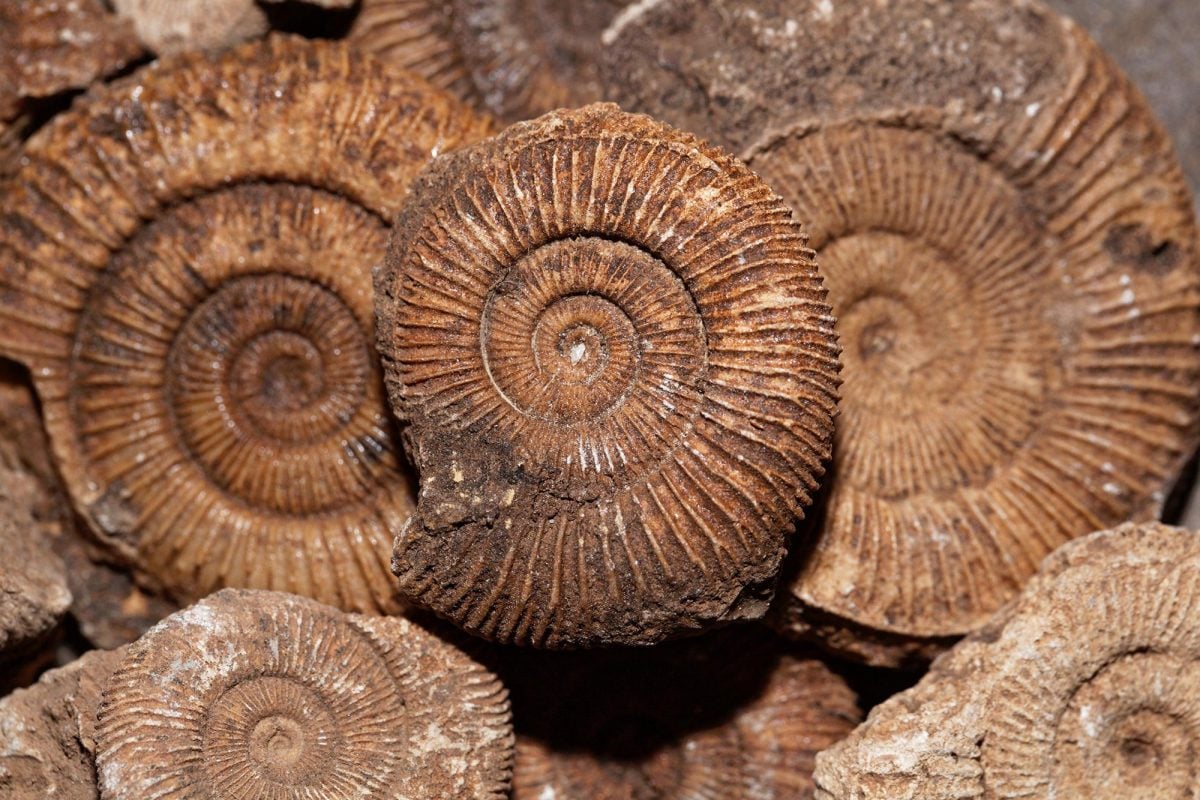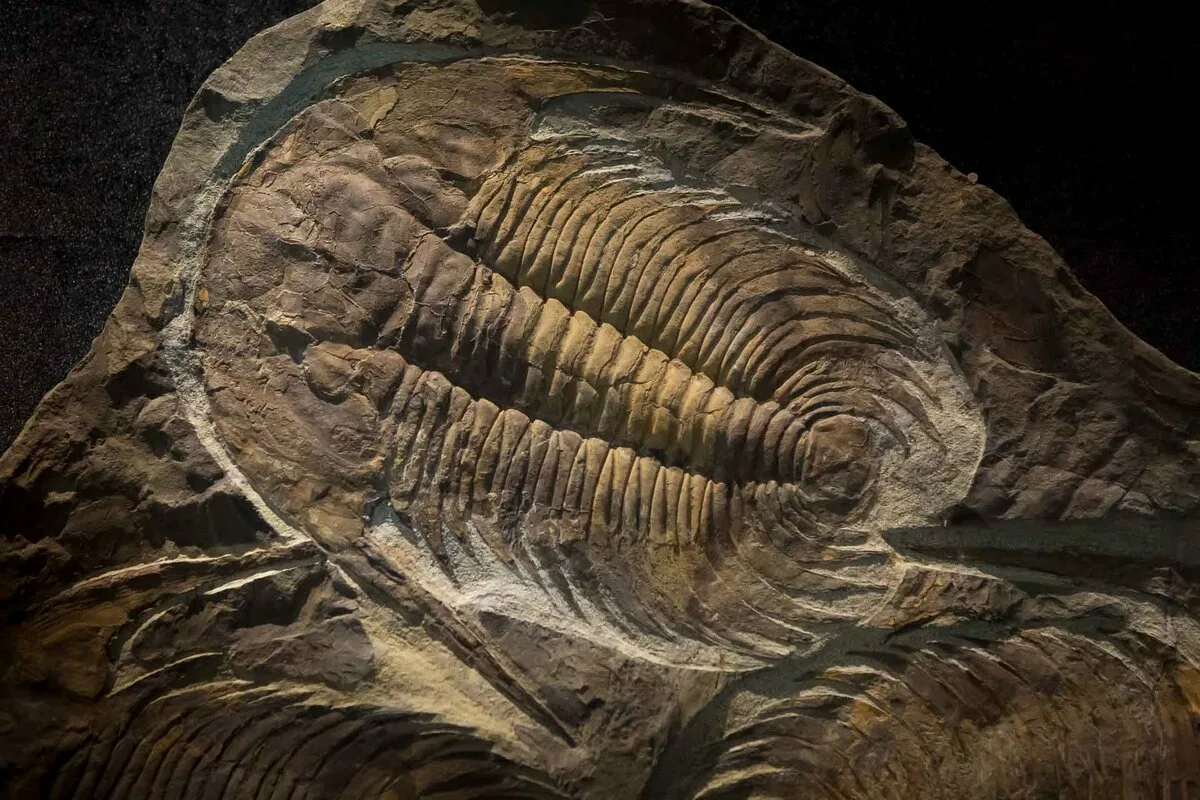MIT researchers made the discovery in Oman, India, and Siberia. Although single-celled organisms are much older, these specimens would be considered animals.
A recent study published in the journal PNAS has identified chemical fossils dating back 541 million years, supporting the theory that the first animals on Earth may have been the ancestors of sea sponges. This discovery represents a key advance in our understanding of the origin of complex life.
Fossils do not always appear as visible bones or footprints. Sometimes, molecules from ancient organisms are preserved in rocks under certain conditions. A group of researchers from MIT examined samples from Oman, India and Siberia, where they found compounds known as steranes, considered to be stable remains of sterols that functioned in primitive organisms.
In 2009, 30-carbon sterols related to sponges had already been found, although there was debate as to whether these compounds could have come from other living beings or even from non-biological chemical processes. The new analysis provides stronger evidence by detecting 31-carbon sterols, present in some current species of sponges, which reinforces the hypothesis of their animal origin.
Biomarkers that confirm life
The scientists compared the compounds found in the rocks with those in modern sponges and found significant similarities. To validate the biological origin, they synthesised different variants in the laboratory and simulated fossilisation processes spanning millions of years. Only two compounds formed spontaneously, while the rest required an organic origin.
‘It’s a combination of what’s in the rock, what’s in the sponge, and what you can create in a chemistry lab,’ said Roger Summons, co-author of the study. This triple verification supports the idea that marine sponges were among the first animals on the planet.

Soft-bodied organisms
Specialists admit that it is not possible to accurately describe what these organisms were like, although they point out that they lived in the sea, were soft-bodied and lacked a mineralised skeleton. Their scientific value lies in the fact that they represent the first complex eukaryotes, i.e. organisms with a nucleus and differentiated internal structures, which gave rise to subsequent biodiversity.
The team will continue to explore new geological areas in search of biomarkers that reinforce the early presence of sponges in the history of life. As researcher Lubna Shawar explained: ‘These special steranes were there from the beginning; we just needed to ask the right questions to understand their true meaning and origin.’

